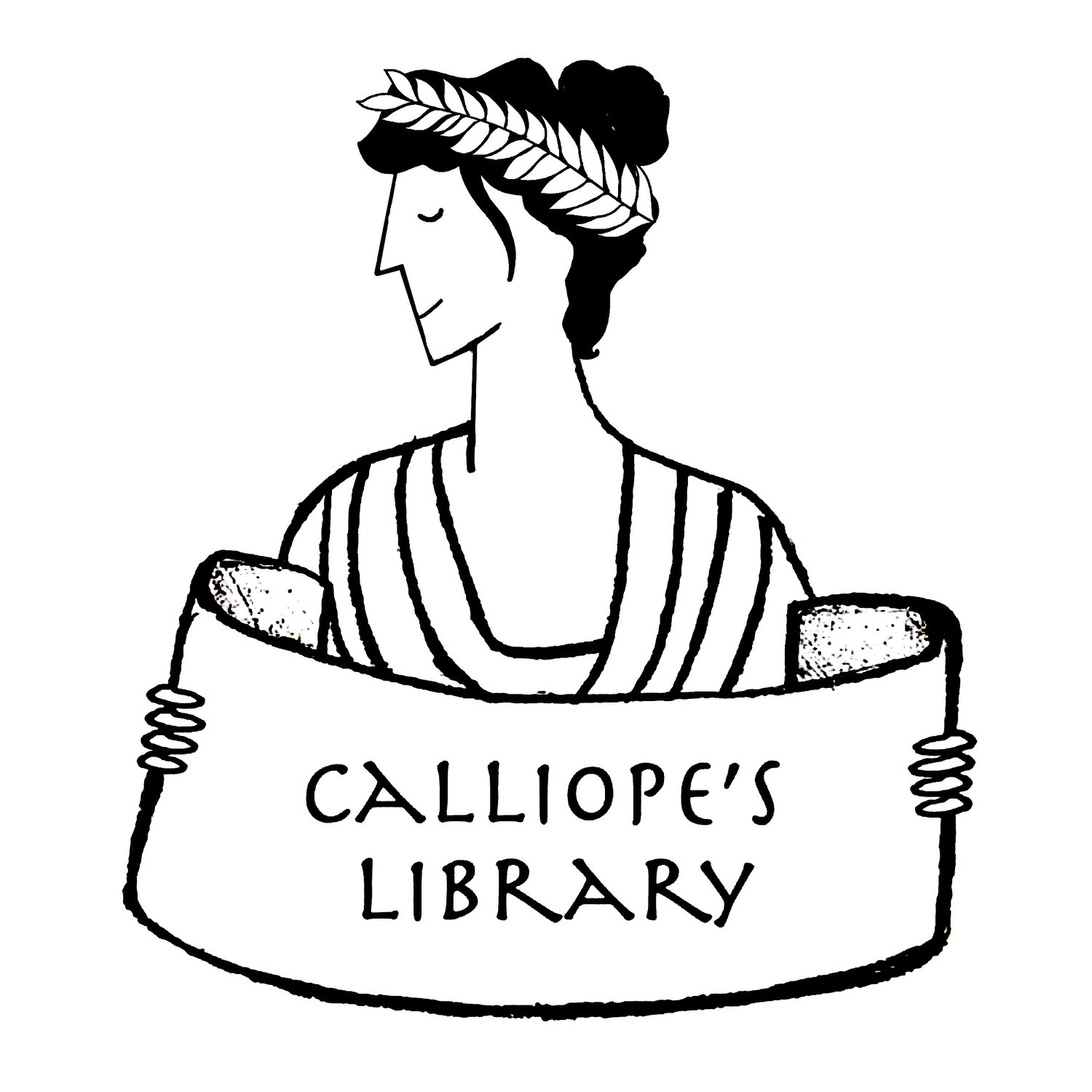Title: Ancient Egyptians: Hide and Seek History
Author: Jonny Marx
Illustrator: Chaaya Prabhat
Date: 2020
Tags: Middle grade, Picture book, Board book, Interactive, Ancient civilization, Ancient Egypt, Ancient worlds, Racially/ethnically diverse, English
Ancient Egyptians: Hide and Seek History is the second book in Jonny Marx and Chaaya Prabhat’s delightful flap book series. Like its predecessor, The Greeks: Hide and Seek History, this book is a wonderful introduction to an ancient culture with a fun, interactive twist. Ancient Egyptians is solidly constructed, so there’s no fear that the flaps will fall apart on you. The book focuses on the most popular aspects of the Egyptian afterlife, pyramids and embalming, but the Nile’s impact on Egyptian culture and daily life also get their own pages. Ancient Egyptians ends with an abbreviated timeline that starts when humans settle in the Nile river valley and ends with Alexander the Great’s invasion.
Like its predecessor, the Ancient Egyptians starts with a look at the modern archaeological study of ancient Egypt. The choice is even more effective in this case than in The Greeks. Many English-speaking enthusiasts ignore modern Egypt in their zeal for the past, but this book literally foregrounds the connection between the past and present. Readers actually have to look behind a stylized image of Cairo to see the pyramids!
Both the modern archaeologists and the ancient Egyptians featured in this book come from diverse backgrounds. The very first person named in this book is Salima Ikram, a Pakistani professor of Egyptology at the American University in Cairo. There are Black Egyptian scribes on the same page as embalmers with lighter skin, and the pyramids in Nubia are highlighted. It’s a pleasure to see ancient Egypt’s real diversity reflected on the page. Ancient Egyptians: Hide and Seek History is great for anyone with the fine motor skills to manage the flaps and the discretion to not rip them off. Even adults will enjoy its beautiful colors and methodological approach. – Krishni Burns


